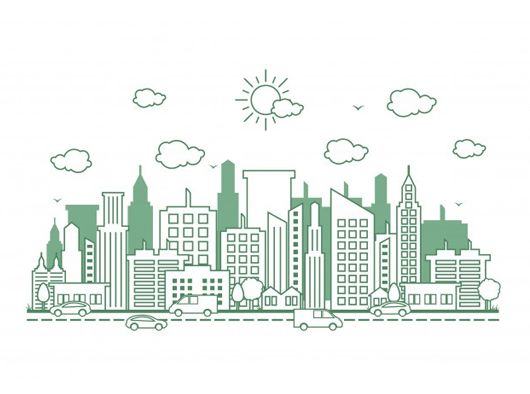Registered as a valuable national heritage, the Amir Chakhmaq Complex is an architectural masterpiece and is known as the icon of Yazd, where many rituals and ceremonies are held. The Amir Chakhmaq Square is situated in the UNESCO-listed historic city of Yazd, which is one of the most amazing old cities in the world, with a very well-preserved structure.
The History of Amir Chakhmaq Complex
The Amir Chakhmaq Square is a heritage left from the Teimurid Era (ninth Hijri century) and was built by the order of Amir Jalal al-Din Chakhmaq, one of the governors of Shahrukh Teimuri, the king of Iran. After becoming the governor of Yazd, Amir Jalal al-Din Chakhmaq and his wife Ms. Seti Fatima managed to build the new Jaame mosque and then constructed a great square in front of it, which later got titled the Amir Chakhmaq Mosque and the Amir Chakhmaq Square. The governor of Yazd also ordered the construction of other facilities like a water cistern, bazaar, Khanghah, caravanserai, Bathhouse, water well, etc. A part of the construction was done as charity work by Mr. Amir Chakhmaq and his wife who also did other charity works in Yazd like building a bathhouse by the Jaame Mosque and a brick made minbar with Islamic patterns inside the Jaame Mosque, and also renovating the Dowlat Abad Garden, etc. The square located in front of the mosque was later used as a Husseainya (a congregation hall for Twelver Shia for holding mourning ceremonies during Muharram). This construction was renovated during the Safavid Era (16th-17th centuries BC.) and new constructions were added. Also, during the kingdom of Fath Ali Shah the Qajar king, some parts of the mosque were renovated by Mr. Haji Hussein Attar. It is said that this square was used as a cemetery by people for burying their dead, however during the Pahlavi Dynasty this was stopped and after ruining the graves, the Amir Chakhmaq Square was changed to the current situation. During the kingdom of Reza Shah Pahlavi, some streets were constructed, and this resulted in the creation of a small square, where the main façade is located.

Amir Chakhmaq Square - Yazd, Iran
Different parts of the Amir Chakhmaq Complex
Let's get acquainted with different parts of the historical Amir Chakhmaq complex, which are scattered around the square.
Amir Chakhmaq Tekyeh
Just like Hussainiya, Tekye is a building built in different cities of Iran as a place where Shiite Muslims hold mourn rituals during Muharram. The Amir Chakhmaq Tekyeh is the most famous and charming building of the complex. Located on the east side of the square, this is a 3-story building with a high ivan and two minarets, with amazing brick works and tile works. It is said that in old times, this ivan was a seat for the governor and his family for watching the public Muharram rituals held at the square. According to an inscription, this tekyeh was built around 180 years ago, and the two minarets were added during the Qajar era.

Amir Chakhmaq Square - Yazd, Iran
Amir Chakhmaq Mosque
Also known as the Dahook Mosque and the New Jaame Mosque, the Amir Chakhmaq Mosque is the most important mosque of the city after the Jaame Mosque of Yazd, because of its stunning tilework, Muqarnas, and historical value. As mentioned above this mosque was the first construction of the Amir Chakhmaq Complex which was built in two years. This mosque has two entrances, and two shabistans for winter and summer. The dome of the mosque which has a unique design has some inscriptions written in Kufi (Islamic calligraphy). One of the inscriptions is complicated and has never been decoded. The interesting thing about this mosque is that this mosque doesn’t have any minarets. Some say that it was because the Islamic mosques founded by women (the wife of the governor) didn’t need to have minarets as they need privacy, and some others say that this mosque didn’t have minarets as a sign of unity between the Shiite and Sunni Muslims.







